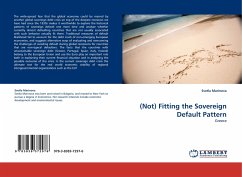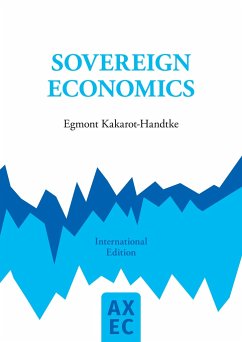The wide-spread fear that the global economy could be marred by another global sovereign debt crisis on top of the deepest recession we have had since the 1930s makes it worthwhile to explore the historical patterns of sovereign default one more time and analyze whether currently almost defaulting countries that are not usually associated with such behavior actually fit them. Traditional measures of default likelihood fail to account for the debt crash of non-emerging European economies, and suggests alternative ways of evaluating and overcoming the challenges of avoiding default during global recessions for countries that are non-typical defaulters. The facts that the countries with unsustainable sovereign debt (Greece, Portugal, Spain, Italy, Ireland) belong to the European Union and use the Euro play an important role both in explaining their current financial situation and in analyzing the possible outcome of the crisis. Is the current sovereign debt crisis the ultimate test for the real world economic viability of regional intergovernmental organizations such as the EU?
Bitte wählen Sie Ihr Anliegen aus.
Rechnungen
Retourenschein anfordern
Bestellstatus
Storno








